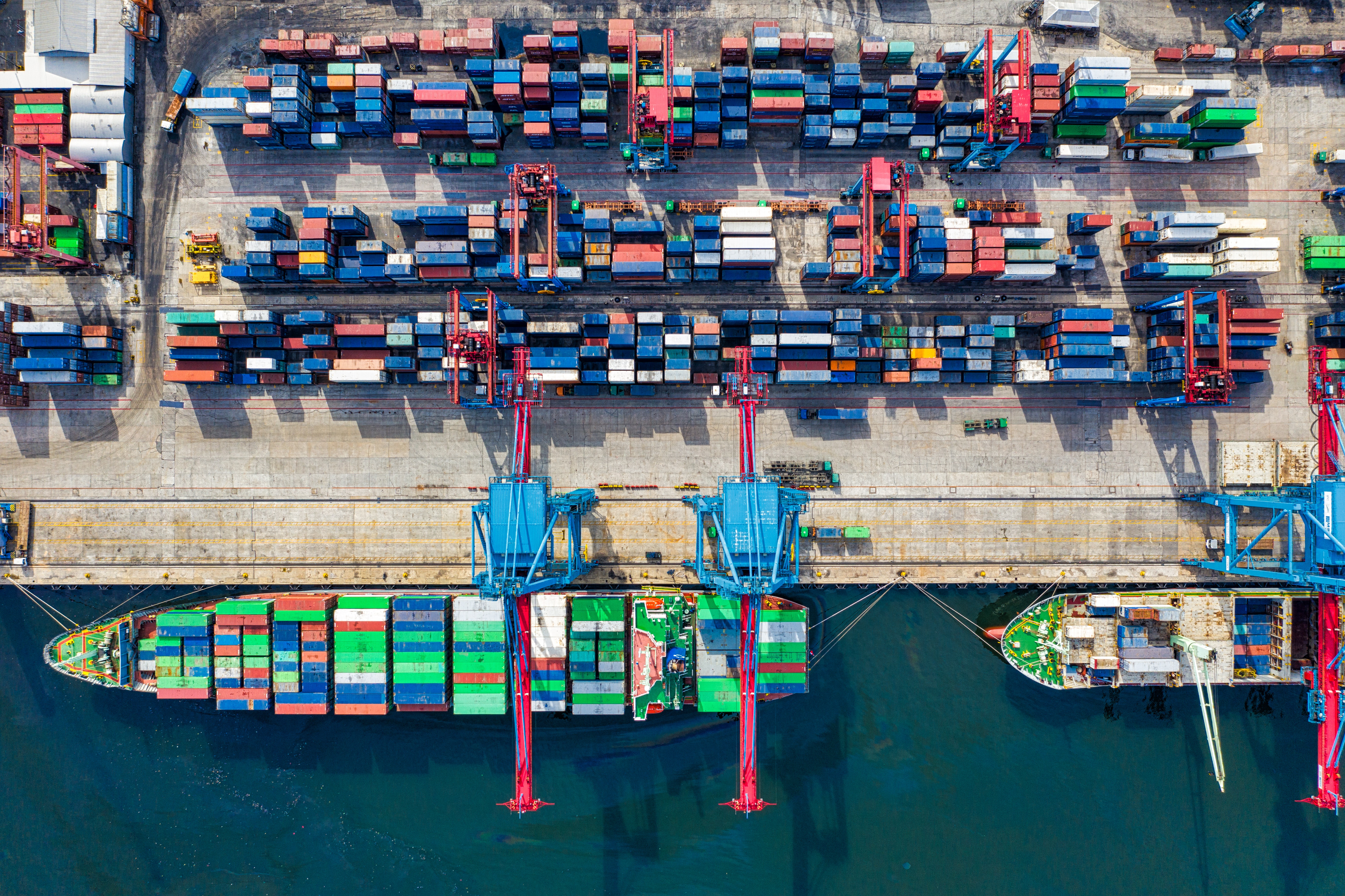
Department of Management, Birmingham Business School
As the trade war between the U.S. and China intensifies, one of the key questions to ask is how significant the damages would be to the world’s two largest economies if the trade tensions are prolonged. It is apparent that both sides will have much to lose, however, which country will be more resilient to the economic suffering?
One might compare this trade war with America’s previous conflict with Japan in the 1980s, when many Japanese industries and innovations surpassed their American counterparts, resulting in an imbalance in trade and American job losses, etc. But, today’s U.S.-China trade conflict won’t be the same in many aspects, including the gigantic size of the trade between the two economies, the complementarity and strong integration of each other’s industries, the deep reciprocal market penetration in both countries, and the dramatic differences between the two people, historically, culturally, and politically.
Ever since China opened its doors to the world in the 1970s and joined WTO in the new millennium, foreign direct investment has boomed rapidly. Many American companies moved factories to China hoping to access to its massive markets, while in exchange, transferring new technologies to the Chinese industries. It is estimated that the U.S. and China trade volume has increased more than 230 times over the past four decades. China today has become the world’s manufacturing hub, capable of producing all ranges of goods, from high tech to tiny cloth buttons. Visiting a department store anywhere in the States, you probably find that most of products are ‘Made in China’. On a rough estimate, a third of U.S. retail goods are imported from China.
Supply chains in Trump’s America
Despite this, Trump has encouraged American firms’ supply chains to move out of China in one of his recent posts on Twitter, but U.S. supply chains will be hugely disrupted in many industries (e.g. footwear and electronics). Eventually, American customers will have to pay the price. As China has a strong manufacturing capability which has been developed over several decades, including well-established supply clusters and efficient infrastructure as well as low-cost labour and resources, finding a comparable substitute won’t be as easy as it is thought to be. Relocating a factory to another country may sound simple, but building an efficient, robust and reliable supply chain won’t happen overnight as there are plenty of other things to consider, such as trust and partnership development. On top of that, it might not be worthwhile to drive out supply chains from China if the exposure to the U.S. market only accounts for five percent of total industrial output, according to Deutsche Bank AG. This has left a big question mark to the U.S. as to whether they can rapidly reconstruct their own supply chains without Chinese partners. Besides, moving supply chains out of China may also mean losing access to the largest emerging market.
History of innovation in China
By contrast, China may seem prepared for economic conflict. During Mao’s time, the whole nation put enormous efforts into developing its own fundamental industries, with the aim of achieving ‘self-sufficient and self-sustaining’ production (4S). This ‘4S’ paradigm had been written into China’s constitution in 1975. Today, it has been deeply embedded into the Chinese culture. It’s no wonder that China has so many of its own well-developed industries – it basically has its own versions of everything. Where this is Google, there is Baidu, and where there is GPS, there is BeiDou.
The ‘Made in China 2025’ and ‘Belt and Road’ initiatives are about to strengthen China’s positions in the global value chain. However, if the U.S. continues to impose tough tariffs on Chinese exports, what is more likely to happen is that some Chinese firms will increasingly focus on their domestic markets, or shift production overseas to avoid high tariffs, perhaps with a bit of support from their government.
Economists often talk about elasticity of demand, but what is often overlooked is the elasticity of people. There is a saying that, if everyone on the planet consumed as much as the average American, we would need four Earths. When it comes to China, however, more than 200 million people are still in poverty according to the World Bank standard.
Historically, ordinary Chinese people have experienced severe living conditions due to civil wars and foreign invasions. Only in the past 40 years has China witnessed a dramatic economic development. But still, people can survive with $1.90 a day in many places within China; whereas in the States that won’t be the case.
Culturally, there is a strong sense of collectivism in China when they face challenges, and patriotism has been widely spread and embedded in the Chinese mindset, which is another key factor not to be ignored.
The future for the two economies
Politically, power is extremely centralised in China, and President Xi entering his second five-year term may ensure stability and consistency in their policy making. Trump may face various challenges in his decision-making, and the uncertainty could intensify when the U.S. enters a new round of presidential elections next year. In his 2016 presidential campaign, he said Mexico will pay for the wall. Now, he tweeted that there is no reason for the U.S. consumer to pay the tariff.
Needless to say, however, in the short term, some may smile; medium-term, consumers in both countries would suffer; longer-term, China will survive. But for now, most people on the planet would hope that, despite Trump’s lack of appetite for global warming, he would not drag us all into a world-wide economic cold winter.
